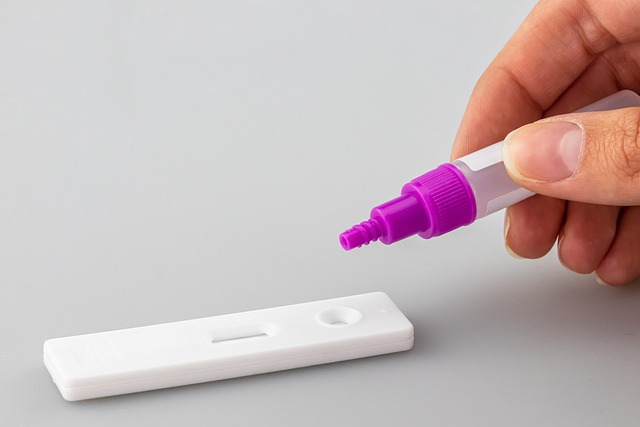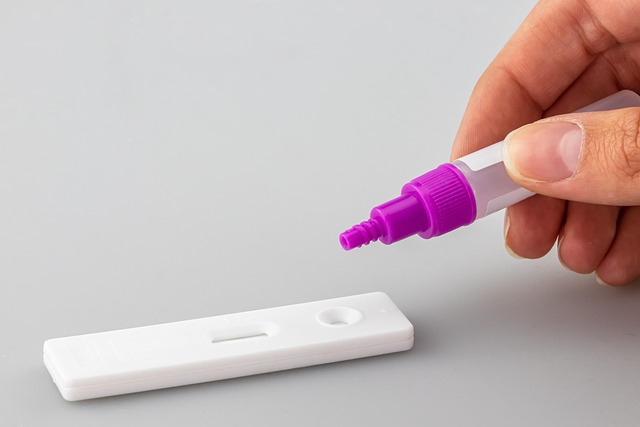In Texas (TX), identifying and mitigating lead hazards is crucial due to the state's diverse industrial and construction sectors. This involves thorough property inspections, testing for lead in paint, dust, and water, and adherence to strict guidelines and local laws. Certified professionals use modern equipment to locate sources of lead, implement control measures like containment and PPE, and train personnel on safety protocols. Engineering controls, regular cleaning routines, and good hygiene practices further reduce lead exposure in TX environments, particularly in residential areas, schools, and public spaces.
In Texas, where lead hazards can persist in various environments, a comprehensive understanding and proactive identification of risks are paramount. This article delves into the crucial topic of lead safety hazard identification protocols specifically tailored for Texas properties. From comprehending unique lead hazards prevalent across the state to adopting step-by-step protocols and best practices, we offer an extensive guide to ensure safety and mitigate exposure in TX environments.
- Understanding Lead Hazards in TX: A Comprehensive Overview
- Identifying Lead Safety Risks: Step-by-Step Protocols for Texas Properties
- Best Practices for Mitigating Lead Exposure: Ensuring Safety in TX Environments
Understanding Lead Hazards in TX: A Comprehensive Overview

In Texas (TX), lead hazards are a significant concern due to the state’s diverse industrial and construction sectors. Lead, a highly toxic metal, was historically used in various applications, including paint, plumbing, and certain types of flooring. As a result, many older buildings in TX may contain lead-based materials that pose potential risks to human health. Understanding these hazards is crucial for maintaining safe environments, especially in residential areas, schools, and public spaces.
Comprehensive identification protocols involve inspecting surfaces, testing dust and paint samples, and assessing the age and history of structures. These methods help identify lead-based paints, contaminated water sources, and other hidden dangers. TX residents and professionals must adhere to strict guidelines and regulations to mitigate risks effectively. Regular inspections, proper remediation techniques, and awareness of local laws are essential steps in ensuring a lead-safe environment across the state.
Identifying Lead Safety Risks: Step-by-Step Protocols for Texas Properties

Identifying potential lead safety risks is a crucial step in ensuring the well-being of occupants in Texas properties. Here’s a breakdown of protocols to navigate this critical process, tailored for TX areas. Start by conducting a thorough inspection of the property, paying close attention to areas prone to lead accumulation like old paint, plumbing fixtures, and soil around older buildings. This initial assessment helps in pinpointing potential sources of exposure.
Next, utilize relevant testing methods such as paint chip analysis, water quality tests, and soil sampling. These procedures can reveal the presence and level of lead contamination. For instance, TX residents should be familiar with local regulations regarding lead-based paint disclosure during real estate transactions. Additionally, maintaining accurate records of inspection findings, test results, and remediation actions is essential for compliance and future reference.
Best Practices for Mitigating Lead Exposure: Ensuring Safety in TX Environments

In Texas, best practices for mitigating lead exposure involve a multi-faceted approach to ensure safety in various environments. Regular and thorough inspections are crucial to identifying potential sources of lead contamination, whether in older buildings or industrial sites. Testing and monitoring should be conducted by certified professionals using up-to-date methods and equipment, focusing on paint chips, dust, and water samples. Implementation of strict control measures is essential after identification, including containment, personal protective equipment (PPE), and proper waste disposal protocols.
Training and education are vital for all personnel at risk of lead exposure in TX settings. This includes recognizing symptoms, understanding the potential health effects, and adhering to safety protocols. Utilizing engineering controls like ventilation systems, wet mopping, and negative pressure areas can significantly reduce airborne lead levels. Additionally, maintaining a clean and organized workspace, implementing regular cleaning routines with appropriate lead-safe products, and promoting good hygiene practices among employees are effective strategies to minimize exposure in Texas environments.
In Texas, understanding and mitigating lead hazards is paramount for maintaining safe environments. By following the comprehensive protocols outlined in this article—from identifying risks specific to the state of TX to implementing best practices for exposure mitigation—property owners, managers, and professionals can significantly reduce potential lead-related dangers. Staying informed and proactive regarding lead safety is crucial for Texas communities to ensure healthy living and working spaces for all residents.
